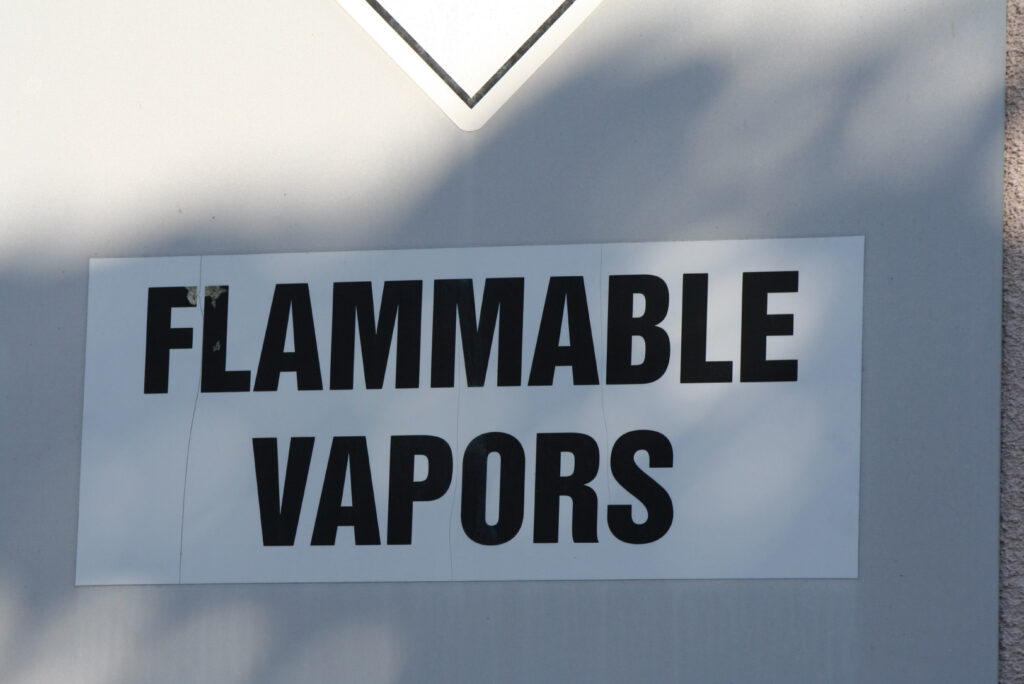With hazardous locations, CSA standards are a must for safety. At Automation Products Group, Inc. (APG), we offer multiple products that adhere to CSA standards. But what are CSA standards and why should you use them in your operations? Read on to learn more.
What is CSA?
CSA stands for the Canadian Standards Association, but don’t let the name fool you. The organization, CSA International, is recognized throughout North America and Europe. Like other certification companies, they test both consumer and business product to see how it responds to certain situations and types of wear.
Specifically, we’ll be discussing hazardous location certifications. CSA uses the same classification of hazardous locations set forth by the NEC, which breaks hazardous locations into classes and divisions. CSA also accounts for the European zones, which are equivalent to divisions. For example, in North America, you may see Class 1, Division 1, while in Europe you would see Class 1, Zone 1.
What are Classes?
There are three hazardous location classes—respectively Class 1, Class 2, and Class 3. They simply refer to the type of hazard in general terms:
- Class 1: the hazard is a flammable vapor
- Class 2: the hazard is a flammable dust
- Class 3: the hazard is a flammable fiber, or other “flyings”

What are Divisions and Zones?
Divisions and zones simply refer to the constancy and/or level of the hazard. There are two divisions and three zones:
- Division 1 or Zone 0: the hazard is continuous
- Division 1 or Zone 1: the hazard is intermittent
- Division 2 or Zone 2: the hazard is present only under abnormal conditions
You may have noticed that Divisions treat intermittent and continuous hazards the same, while Zones differentiate them. This is effectively the only difference between the two.
The Class 1, Div 1 Certification
A sensor is designated with a CSA Class 1, Div 1 certification if the sensor is designed for environments or locations where flammable vapors are continuously present. Of course, this certification comes only after thorough and rigorous testing. This is something we do a lot of at APG.
The designation is quite important. It’s simply a matter of safety to use an appropriately marked sensor for a hazardous location. Failing to do so can result in a fatal disaster, severe damage to both facilities and resources, and bring about legal ramifications.
There are other hazardous location protection methods to brush up on, such as intrinsic safety wiring and explosion proof housing. Wiring and housing are an important part of the protection method. For intrinsically safe devices, the appropriate barrier or isolator is required for installation. For explosion proof, sealed conduit is used to insulate wiring from the hazard.
Let us know if you have any questions about CSA classification terminology for level and pressure sensors, or Class 1, Division 1 locations specifically. You can use the Contact Us page to reach out to a friendly specialist who will help you today.
WRITTEN BY

Sami T.
Sami Thompson is APG’s Marketing Technical Writer and has been with the company since 2022. With a master’s degree in English from Utah State University and a 40-page thesis publication under her belt, Sami has a demonstrated strong writing background. In her free time, Sami enjoys reading and birdwatching.


